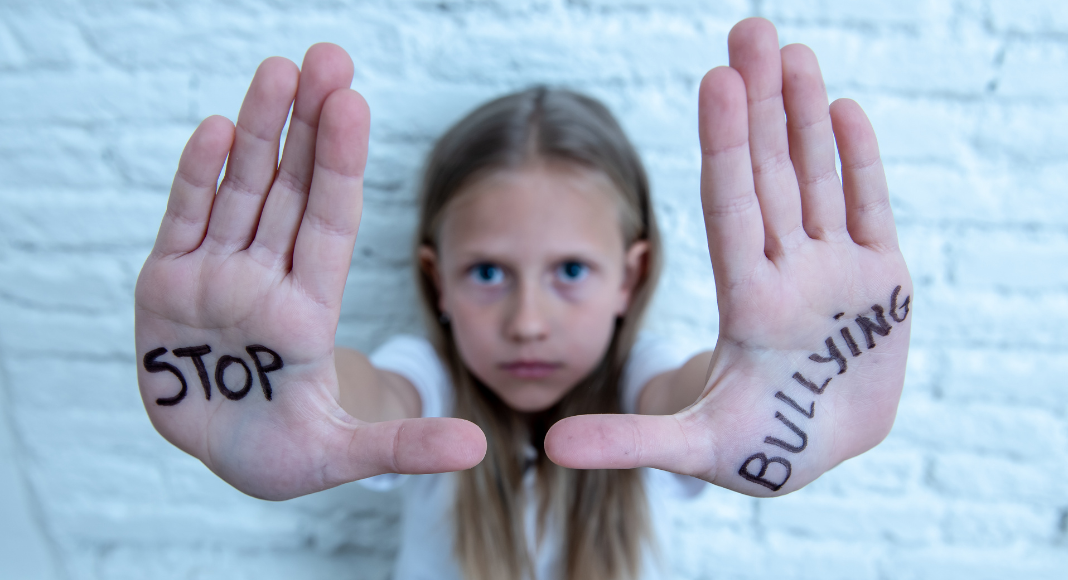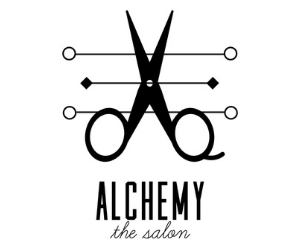 When teaching social skills, it’s incredibly important to ensure that we empower our children with “kid skills,” not “adult skills.” Teaching our children to interact with each other in socially appropriate and age-appropriate ways is critical to ensuring their success.
When teaching social skills, it’s incredibly important to ensure that we empower our children with “kid skills,” not “adult skills.” Teaching our children to interact with each other in socially appropriate and age-appropriate ways is critical to ensuring their success.
When it comes to teasing, let’s face it kids tease each other! Adults tease each other too, but it looks a bit different. Perhaps we make a sarcastic comment or crack a joke, both of which constitute prosocial teasing when done correctly.
So, the question becomes, when it comes to teasing, how do we teach our children to distinguish between prosocial and antisocial teasing? What hints can we look for in the social landscape to help kids tell the difference and respond accordingly?
Playful teasing comes from friends.
It does not come from strangers, acquaintances, or peers with whom we don’t have a well-founded relationship. A certain degree of rapport and friendliness is required for teasing to be well-received. So, if your best friend engages in teasing, it’s likely playful in nature. If teasing comes from peers you never speak to, it’s likely hurtful in nature.
The teaser stops when asked to stop.
We all have certain thresholds when it comes to tolerating teasing. Your capacity to handle teasing may decrease when you have a terrible day or encounter a particularly sensitive subject. Suppose teasing is intended to be playful in nature. In that case, the teaser will stop when asked to stop because their motivation is not to cause distress but to develop a positive relationship. If the teasing persists despite requests for discontinuation, it has likely crossed the line into hurtful territory.
Teasing is not about things the individual cannot control.
For example, playful teasing never crosses the boundaries of race, disability, religion, and the like. Teasing about these topics has the potential to cause harm, and prosocial teasing just doesn’t go there. Topics that might be more playful in nature include your latest crush or your performance in last night’s football game, but playful teasing avoids topics that are core to who we are as people.
Everyone gets an equal share of the teasing.
Playful teasing should not be hyper-focused on a single person. In simpler terms, no one should feel ganged up on. If everyone is getting an equal share of the teasing, it may be prosocial in nature.
The teasing doesn’t happen over and over and over.
Playful teasing is temporary in nature. It happens in a moment of joking, and that moment quickly passes. If teasing becomes a dominant pattern in a relationship, that may be a red flag that a line has been crossed into the realm of hurtful intention.
Simply put, not all teasing is bad teasing. Teasing is a socially acceptable skill when it is playful, but it becomes inappropriate when it is hurtful. To empower children to make good choices about responding to teasing from peers, we must first help them learn to distinguish between playful and hurtful situations. Teaching your child to evaluate the criteria above represents an important pre-requisite skill when it comes to handling teasing the right way.
 Justyna Balzar is a Board-Certified Behavior Analyst with a master’s degree in education. A co-founder of The Hangout Spot located in Norwalk, CT, she has over 15 years of experience with learners of varying profiles, between the ages of 3 and 18, across multiple settings.
Justyna Balzar is a Board-Certified Behavior Analyst with a master’s degree in education. A co-founder of The Hangout Spot located in Norwalk, CT, she has over 15 years of experience with learners of varying profiles, between the ages of 3 and 18, across multiple settings.
























